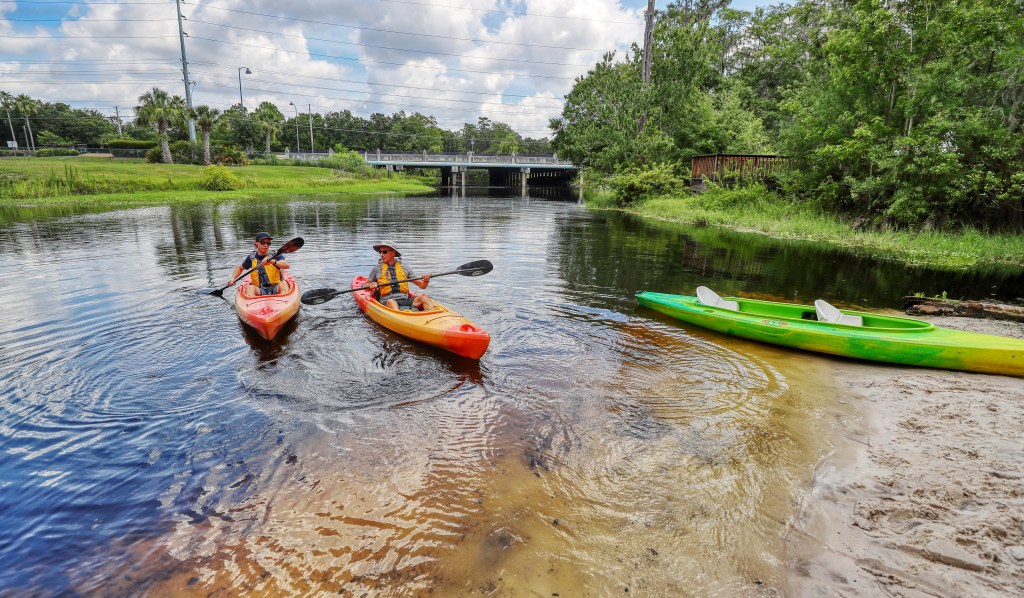
After 20 years of paying a special property tax for land conservation, Osceola County voters will decide in November whether they want to keep doing it.
The tax-funded program has conserved 3,300 acres, county officials say, including important lands such as Shingle Creek Regional Park; Brownie Wise Park, where the county plans to build the region’s first Pulse memorial; and Lake Runnymede Conservation area, which plays a critical water management role because its wetlands absorb excess rainfall.
Supporters say the program helps manage growth, control congestion and reduce flooding, common concerns for county residents. But opponents say they have lost trust in the county’s land conservation efforts after it allowed a toll road to slice off a 160-acre piece of once-protected Split Oak Forest.
Robert C. Dent, former campaign manager for SAVE (Save And Value Environment) Osceola, the citizen effort that got the original referendum on the 2004 ballot, said he will vote for the extension of the program, but acknowledges the mistrust.
“It’s a genuine concern,” Dent said. “The folks concerned about Split Oak, of all people that could add to the energy and efforts of a successful reissue of the referendum, they are your core of the public that should be enthusiastic about seeing a passage of this.”
But the county said Split Oak is a separate issue, as none of the money from the conservation program went into its purchase.
“The concerns about the development of Split Oak Forest and residential development in rural areas are indeed significant, they are not directly related to the potential extension of the Environmental Lands Conservation Program,” said Celestia McCloud, assistant county manager in an email.
The program is funded by a 0.25 mill property tax, meaning homeowners to pay an extra 25 cents for every $1,000 of assessed property value to fund it. The owner of a home valued at $400,000, which is roughly the county’s current median sales price, would pay $100 a year.
Dent said the program is now government-run, not citizen-led, as it was when it began in 2004, which magnifies the trust issue. The county needs to instill faith in the public again, he said.
“People look at things differently from the government than they do from the private sector,” Dent said. “If the private sector is driving something, those are your neighbors.”
But, he said, the county’s rapid growth makes the program critical. Osceola County ballooned to over 437,700 residents in 2023, according to the latest data from the Census — a figure that has more than doubled in a decade.
“I know there’s a lot more traffic, there’s been a lot more construction, greater population and if there’s any time that we need that program it’s now,” Dent said.
In 2004, the referendum passed with 67 percent of the vote, a feat the county hopes to emulate.
McCloud said the program helps preserve the county’s rural character and provided many recreation opportunities.
“Restoration and management plans were completed for properties, lands and shorelines were restored and many trail connections were made,” McCloud said of the program. “Many sites include hiking, camping and wildlife observation which are all open to the public.”
